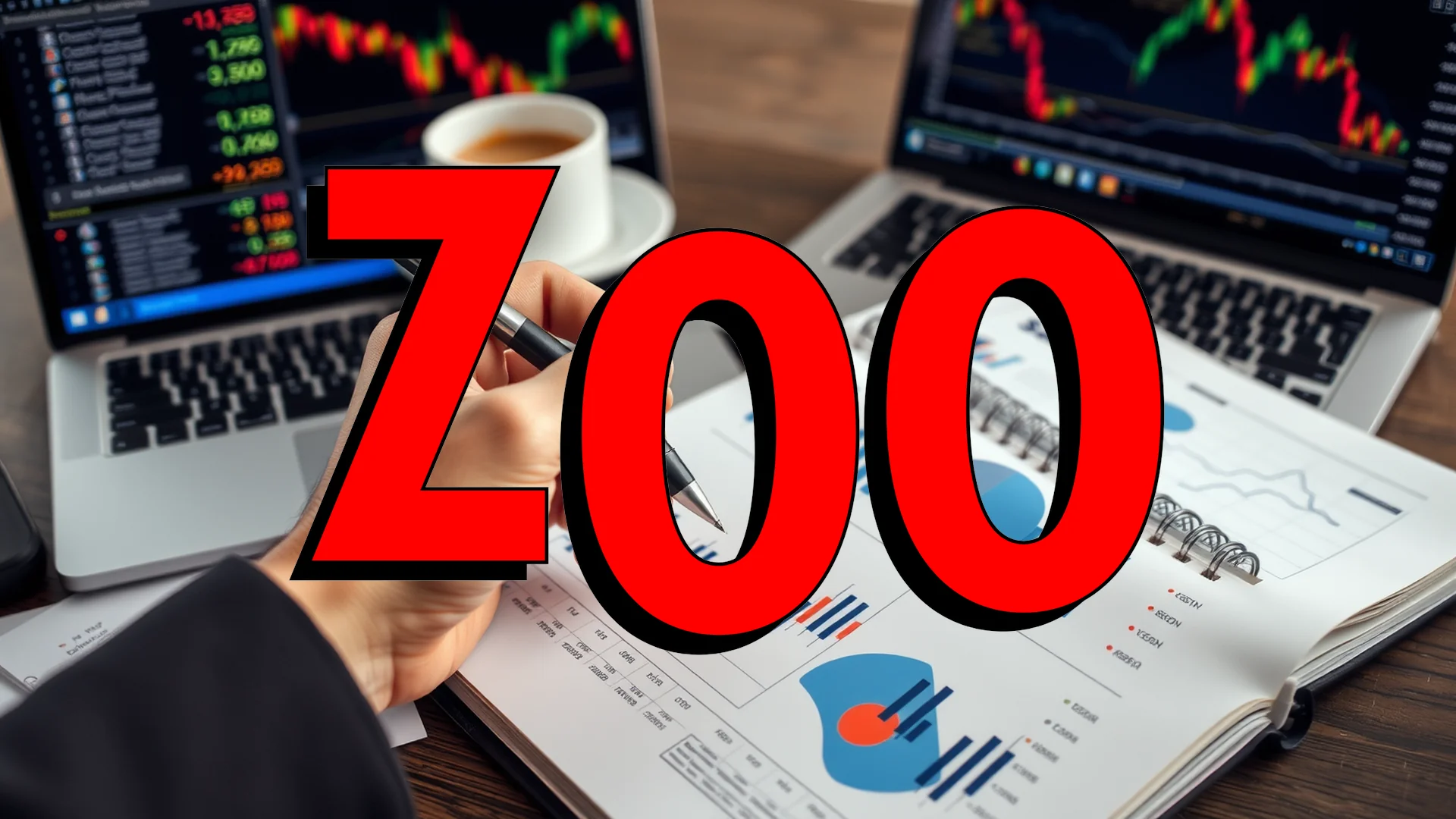The electric vehicle manufacturer Polestar Auto.adr/a finds itself navigating turbulent waters on multiple fronts. As the company engages in strategic partnerships to mitigate regulatory risks in Europe, its core business model faces severe challenges in the critical Chinese market. These parallel developments raise fundamental questions about the company’s long-term viability and strategic direction.
Chinese Market Retreat Intensifies
Polestar’s operational footprint in China continues to diminish, with the recent closure of its final company-owned retail location in Shanghai. This withdrawal from physical retail spaces signals a fundamental shift toward an exclusively online sales approach. The strategic pivot reflects the harsh competitive landscape where domestic manufacturers like BYD and Nio maintain overwhelming market dominance. Despite leadership changes in July that saw Hu Shiwen replace Wu Huijing at the helm of Chinese operations, the company has yet to demonstrate meaningful operational improvement in this crucial market.
Emissions Alliance Strategy Raises Questions
In Europe, Polestar has joined forces with automotive giants Mercedes and Volvo to create an emissions pooling arrangement. This collaborative effort aims to circumvent potential European Union penalties that could reach €15 billion across the participating manufacturers. While financially pragmatic, this approach has drawn internal criticism, with Fredrik Eklund, Polestar’s carbon credits specialist, acknowledging that such arrangements might inadvertently slow the industry’s transition to electric vehicles. The alliance represents a strategic compromise that prioritizes regulatory compliance over technological innovation.
Should investors sell immediately? Or is it worth buying Polestar Auto.adr/a?
Performance Metrics Tell Conflicting Story
Surface-level performance indicators present a mixed picture for the electric vehicle maker. During the initial three quarters of 2025, Polestar reported delivering 44,482 vehicles, representing 36% growth compared to the previous period. However, this apparent progress masks underlying challenges. The company already revised its annual forecast downward in April, citing macroeconomic uncertainties and trade tariff impacts as contributing factors. Market sentiment appears aligned with these concerns, with Polestar’s stock value declining nearly 30% since the beginning of the year and currently trading just above its annual low point.
All eyes now turn to the quarterly financial report scheduled for November 11, which may provide clearer insight into the company’s trajectory. As Polestar continues to balance emission pool participation with strategic retreat from physical retail in China, investors and industry observers alike question whether these maneuvers represent calculated strategic positioning or reactive desperation in the face of mounting challenges.
Ad
Polestar Auto.adr/a Stock: Buy or Sell?! New Polestar Auto.adr/a Analysis from December 19 delivers the answer:
The latest Polestar Auto.adr/a figures speak for themselves: Urgent action needed for Polestar Auto.adr/a investors. Is it worth buying or should you sell? Find out what to do now in the current free analysis from December 19.
Polestar Auto.adr/a: Buy or sell? Read more here...











